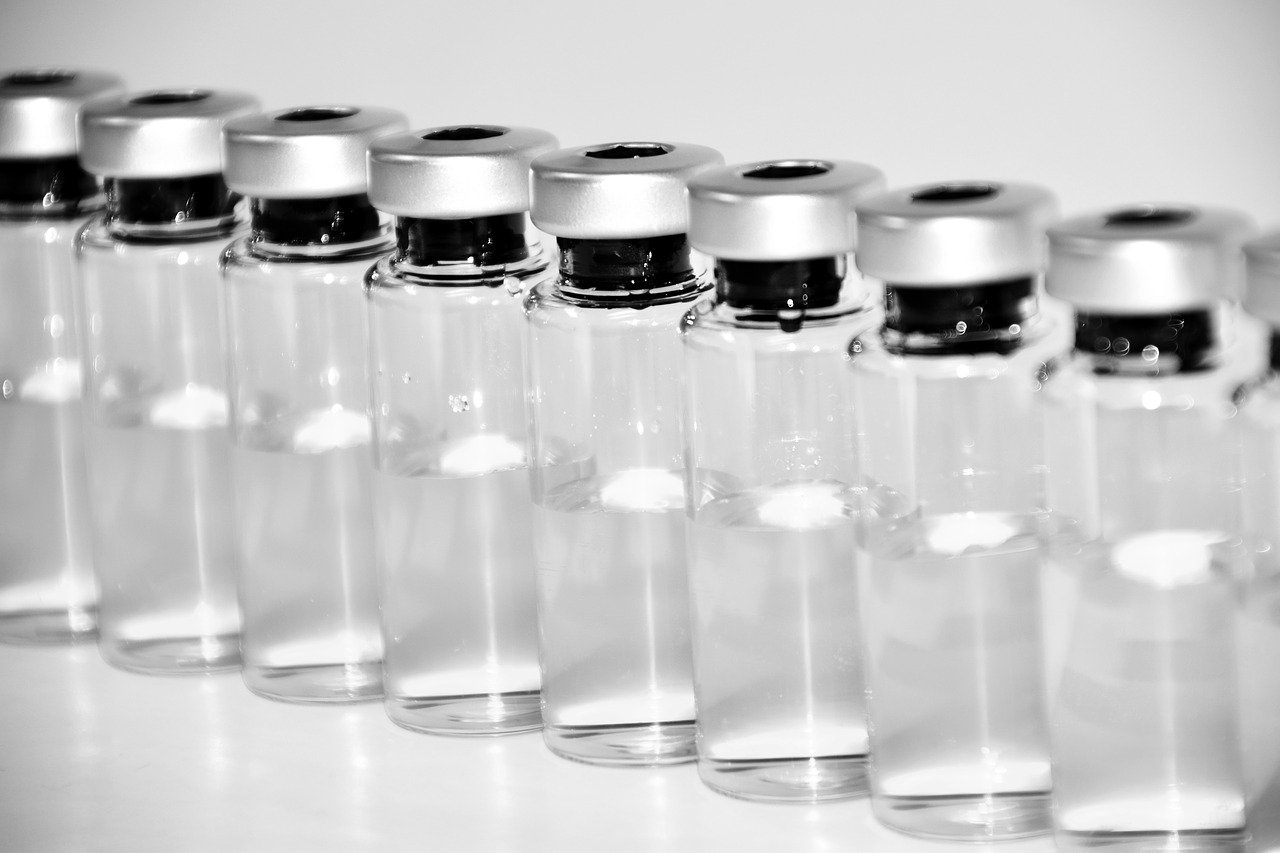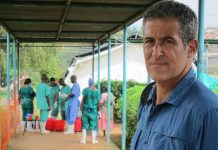
Investment bank Goldman Sachs predicts the speed of coronavirus vaccine distribution using a combination of supply estimates.
According to the analysts, more than 70% of people in developed countries will be vaccinated against the virus by fall 2021.
Goldman Economists Daan Struyven and Sid Bhushan presented a coronavirus vaccine distribution timeline using a combination of supply estimates and demand based on consumer survey data.
They gathered data from leading Covid-19 vaccine developers Pfizer-BioNTech, Johnson & Johnson, AstraZeneca, Moderna, and Novavax.
The economists predicted that the initial doses of Covid-19 vaccines would be given to the most high-risk groups of people in the U.S. from mid-December onwards.
Vaccine approval and rollout could result in “significant public health benefits” from the initial quarter of next year, the economists noted, with half of the population of the U.S. and Canada likely to be vaccinated in April.
Goldman believes that the U.S. Food and Drug Administration will approve the Pfizer-BioNTech and Moderna vaccines in the coming weeks.
Moderna announced that it will request emergency clearance from the Food and Drug Administration (FDA) after it was found 94% effective in preventing Covid-19.
The latest Moderna clinical trial involved 196 confirmed Covid infections among the 30,000 participants. According to the company, 185 coronavirus cases were assessed in the placebo group versus 11 cases monitored in the group that took its vaccine. Results showed estimated vaccine efficacy of 94.1%, the company said.
U.K. coronavirus vaccine distribution
Half of the U.K.'s population will be vaccinated in March, according to economists. They believe that the European Union, Japan, and Australia would achieve this level of immunization in May.
“This scenario shows slower vaccinations in Europe, which is more reliant on these (AstraZeneca and Johnson & Johnson) developers, but also less medium-run vaccinations elsewhere owing to weaker demand, which appears most fragile in the US and Japan,” they wrote.
Goldman’s baseline prediction is that massive immunization against the coronavirus would “drive a pickup in global growth” beginning in the second quarter of next year.
In September, US surgeon general Jerome Adams already called on states to prepare for Covid-19 vaccine distribution as early as November 1.
“We’ve always said that we are hopeful for a vaccine by the end of this year or the beginning of next year,” the US surgeon general said. “That said, it’s not just about having a vaccine that is safe and effective — it’s about being ready to distribute it,” he stressed.
According to a letter obtained by McClatchy, the Centers for Disease Control and Prevention’s director, Robert Redfield, also requested state governments and health departments to remove certain permit requirements to accelerate the setup of distribution sites as early as November.
“The normal time required to obtain these permits presents a significant barrier to the success of this urgent public health program,” Redfield stated in the August 27 letter.
“What people need to understand is we have what are called data safety monitoring boards that blind the data, so it won’t be possible to actually move forward unless this independent board thinks that there is good evidence that these vaccines are efficacious,” Adams noted.






